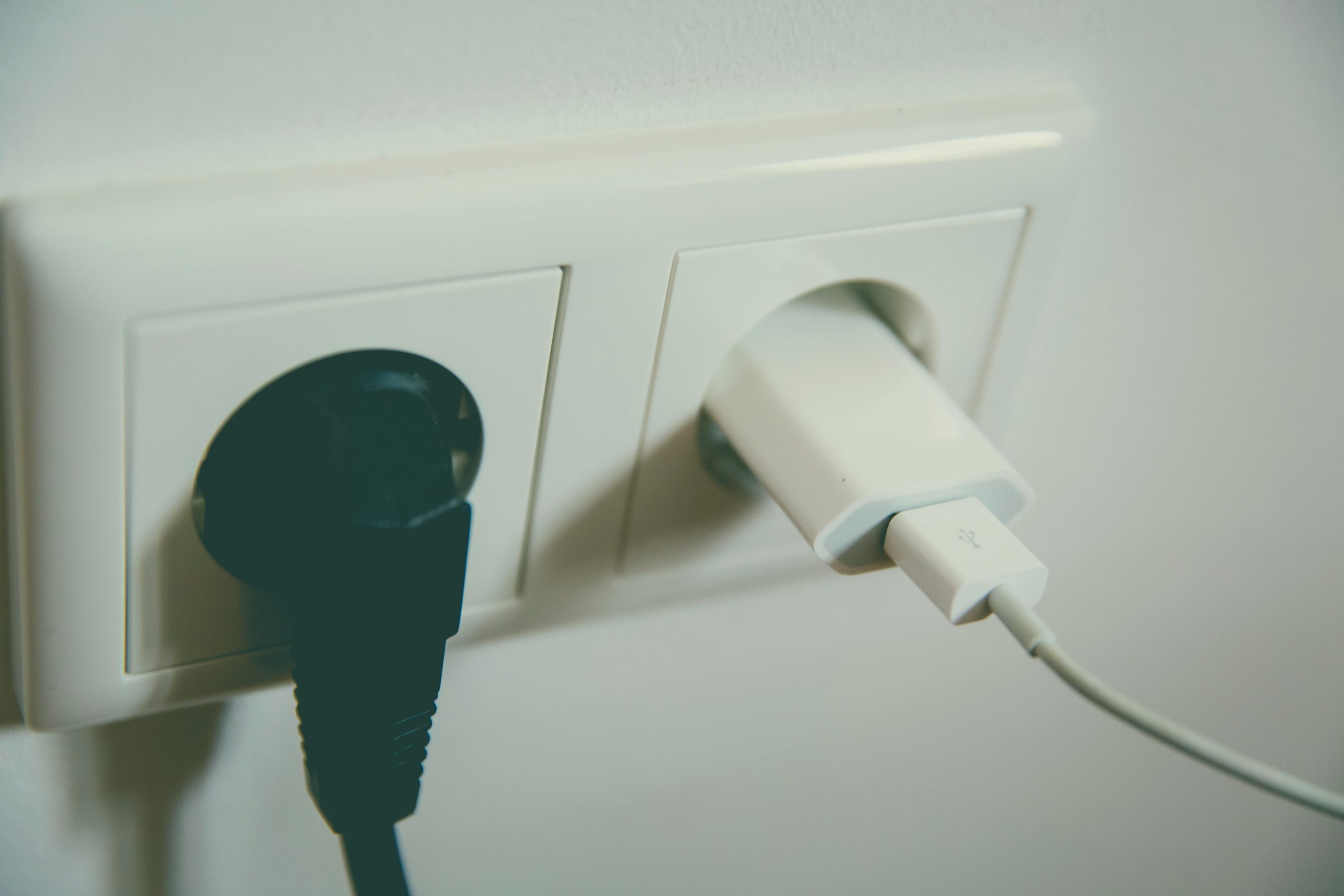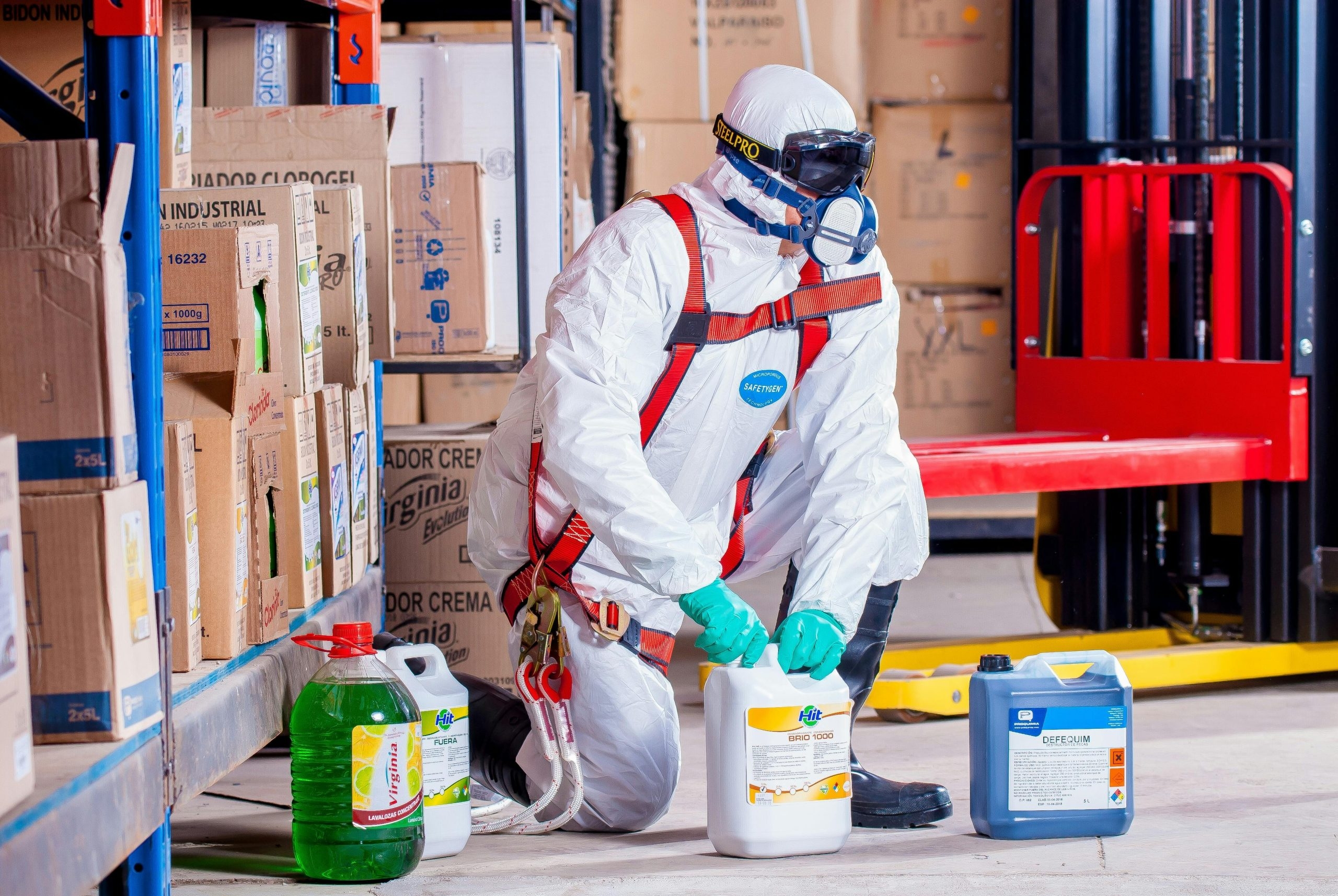 The aim of this article is to provide guidance on the Workplace (Health, Safety and Welfare) Regulations 1992 and what employers are required to do to meet their obligations under these regulations. These regulations apply to most workplaces, however, for those working on construction sites it is slightly different, as they are governed by the Construction (Design and Management) Regulations 2015 (CDM Regulations) which define the minimum welfare facilities to be provided. Furthermore, these regulations do not apply to those on a ship, or those below ground at a mine. There are 27 regulations and 2 schedules which make up these set of regulations.
The aim of this article is to provide guidance on the Workplace (Health, Safety and Welfare) Regulations 1992 and what employers are required to do to meet their obligations under these regulations. These regulations apply to most workplaces, however, for those working on construction sites it is slightly different, as they are governed by the Construction (Design and Management) Regulations 2015 (CDM Regulations) which define the minimum welfare facilities to be provided. Furthermore, these regulations do not apply to those on a ship, or those below ground at a mine. There are 27 regulations and 2 schedules which make up these set of regulations.
Workplace Regulations & Welfare Facilities
In conjunction with these regulations, the Health and Safety Executive, has produced an Approved Code of Practice which helps to provide practical guidance to employers; by following and applying the Approved Code of Practice you will be doing enough to comply with the law.
What is meant by an 'Approved Code of Practice'? It provides practical advice in an easy-to-understand language on how to comply with the specific regulation it applies to. An Approved Code of Practice has a special legal status, so by not complying with it you will need to demonstrate that you comply with the law in some other way.
The regulations also require that employers must provide welfare facilities. As an employer you must provide enough toilets for all those expected to use them without long periods of waiting and where possible, there should be separate facilities for men and women, where this is not practicable, the rooms should be fitted with lockable doors. In toilets that women use, there should be a suitable provision provided for the safe disposal of sanitary dressings.
Alongside the toilets there should be an adequate amount of hand washbasins which should be large enough to wash hands and forearms, if necessary. The
HSE Approved Code of Practice provides the following guidance:
Table 1, Source: Approved Code of Practice. This table provides the guidance on the number of toilets and washbasins that should be provided where both women and men are working (or women only).
 Table 2, Source: Approved Code of Practice.
Table 2, Source: Approved Code of Practice.Where toilets are only used by men, this table provides the guidance on the number of toilet provisions required in the workplace.

Employers must ensure that these facilities are adequately lit, and ventilated to minimise the risk of odours leaching out of the area into the workplace. It's also a requirement that there's an adequate amount of toilet paper supplied which should be provided in a holder or dispenser.
Welfare Facilities & Handwashing
- The hand washbasins should have a supply of clean, hot and cold water, which should be running water as so far as is reasonably practicable. It is important to ensure that the water coming from the hot tap is not going to put users at risk of scalds and burns. If the water is coming out too hot employees are less likely to wash their hands.
- To enable employees to wash their hands effectively they must be provided with enough soap or other washing agents.
- Employees should be provided with a means to dry their hands, which should be either paper towels or a hand dryer. A cotton hand towel for example, should not be used because they could contribute to the spread of infections and not everyone washes their hands properly so they should be avoided. Therefore, paper towels are the superior option as they dry hands efficiently and remove bacteria effectively and are highly recommended in settings where hygiene is paramount such as care settings, hospitals etc.
- Finally, it is important that all these facilities are kept clean and in a hygienic condition. Poor toilet and lack of hand washing facilities can lead to ill health if not maintained and to the spread of infections/illnesses.
The regulations also require if the nature of the work means that employees are likely to get dirty, is particularly strenuous, or results in contamination of the skin by hazardous or offensive materials a shower or bath should be provided. Where showers are to be provided it is important that people using them are not at risk from burns or scalds. Showers which are fed by both hot and cold water should be fitted with a device such as a thermostatic mixer valve to minimise against the risk of scalding. Showers are a potential source of legionella and should be appropriately assessed and managed, including implementing an adequate cleaning regime.
Hygienic Drinking Facilities
Keeping hydrated is important for a person’s health, and therefore employers are legally required to provide an adequate supply of wholesome drinking water which is readily available and easy to access. In the UK, water is safe to drink directly from a main’s fed tap, as tap water is highly regulated to ensure it is safe for consumption. However, employees should not be drinking water from taps where contamination is likely to occur such as in a workshop where chemicals are present that could pose a risk and employees should not be accessing drinking water from taps located in toilet areas. Taps provided for drinking water should be kept in a clean and hygienic condition.
Employers can also choose to implement water dispensing systems such as a water cooler as these can be positioned anywhere in the workplace of your choosing and away from hazards and contaminants.
Furthermore, drinking cups or beakers are to be provided and where they are not disposable a suitable means of washing them should be provided nearby.
Employee Rest Facilities
Following on, employees should be provided with suitable and sufficient rest facilities with an adequate seating area which allows them to eat without any risk of contamination to their food, therefore some work areas can be considered as rest areas. Canteens or restaurants can be used as suitable rest facilities as long as there is no obligation to purchase food from them in order to use them. For some workers, a separate rest room should be provided from their work area to enable them to rest in a clean and hygienic environment away from dusty, noisy environments etc. If being in the office environment for example leads to excessive disturbance during breaks, then a rest room should be provided.
Employees should be provided with facilities to enable them to prepare or obtain a hot drink such as an electric kettle, vending machine or a canteen. In addition, if employees are working where hot food cannot be obtained either at the workplace or reasonably near then the employer must provide a means for heating food, such as a microwave.
Any facilities provided to enable employees to prepare, obtain, and consume foods must be kept in a clean and hygienic condition. Employees should be informed to adopt the mantra of ‘see it, sort it, report it’. In order to keep rest areas and eating facilities clean and hygienic a place to store clothing must be provided along with where required, a changing room to enable employees to change into and out of special work wear. These changing rooms should be cited away from rest areas and eating areas and where showers are present, should be cited directly adjacent to minimise the distance walked.
New and expectant mothers should also be provided with rest and welfare facilities, ideally located near to the toilets, and where necessary should have the facility to allow the new or expectant mother to lie down. When a new mother returns from maternity and they are breast feeding you should identify a suitable rest area to allow them to express their milk, toilets are not suitable places for this. It is good practice to provide a fridge for breast feeding mothers to enable them to safely store their milk. If you already have a fridge in place for employees, this can be utilised, but it is important that the breast milk is clearly labelled.
CDM Regulations & Welfare Facilities
The CDM Regulations are very similar to what is required in the Workplace (Health, Safety and Welfare) Regulations 1992. For toilet provisions, chemical toilets should only be provided as a last resort where flushing toilets are not practicable.
Changing rooms are required under CDM where the following apply:
-
- “Has to wear special clothing for the purposes of construction work; and
- Cannot, for reasons of health or propriety, be expected to change elsewhere.”
Where they are required to be provided there should be separate changing rooms or separate rooms by men and women. The changing rooms must be accompanied with seating and a provision to enable wet clothing to be dried.
On construction sites, rest areas should be provided to enable protection from the sun and adverse weather conditions. The rest facilities provided should have an adequate number of chairs with backs and tables. Rest areas must not be used to store equipment or materials. For employees working remotely i.e., on-sites, the use of public toilets and washing facilities should be only considered as a last resort and not as a cheaper option.
Safe Working Enviroment
The work environment can impact on an employee’s health and safety. The regulations require that employers provide a ‘reasonable’ workplace temperature without the need for special clothing to be worn. The regulations do not stipulate a minimum or maximum indoor workplace temperature however, the Approved Code of Practice provides guidance on a minimum workplace temperature, 16oC and where there is more rigorous physical effort the temperature can be at least 13oC. The Approved Code of Practice only provides a figure for minimum workplace temperature and not for maximum, the reason for this is that for some environments high temperatures are found, which include, glass works or foundries. The following regulations should also be adhered to:
-
-
- Workplace temperatures should be monitored using thermometers, which should be cited close to workstations and at working height; they should be located away from windows.
- Workplaces should have a good level of ventilation. Employers are to ensure that an enclosed workspace is ventilated with a sufficient amount of fresh air or purified air that is not likely to cause ill health or be offensive.
- At this present time, employers are also legally required to help reduce the risk of transmission of Covid-19, to help reduce the spread, ventilation is key. However, mechanical systems which recirculate air are to be avoided unless the system has fresh air added to it before it being recirculated.
- With any piece of work equipment, they should be regularly maintained and cleaned to ensure that they are working effectively and to ensure that they are free from anything that could contaminate the air.
- Employers are required to ensure that the workplace has suitable and sufficient lighting. Ideally, the lighting should be by natural light where so far as is reasonably practicable.
- In the event of an emergency, the regulations also stipulate that emergency lighting shall be provided, powered by another source that of normal lighting, where employees are at risk of danger in the event of failure of artificial lighting.
- In workrooms employees are to be provided with enough space to enable safe movement in the area including sufficient height. Where there are low beams or a low ceiling these should be clearly marked.
- Workstations should be positioned so that they do not cause comfort to the user and that they can be used safely. Employees should be able to access their workstation safely. Regulation 11 applies to all workstations however those who are classed as a Display Screen Equipment User will be subject to the Health and Safety (Display Screen Equipment) Regulations.
To conclude, employers have a legal obligation to provide welfare facilities. Having good facilities in place, and ensuring that the work environment is safe for everyone in turn creates a positive working environment, influences job satisfaction, helps prevent stress and results in fewer sickness absences.
Speak to our team of Health and Safety Consultants today to get specific advice and support surrounding effective welfare facilities for your staff. The aim of this article is to provide guidance on the Workplace (Health, Safety and Welfare) Regulations 1992 and what employers are required to do to meet their obligations under these regulations. These regulations apply to most workplaces, however, for those working on construction sites it is slightly different, as they are governed by the Construction (Design and Management) Regulations 2015 (CDM Regulations) which define the minimum welfare facilities to be provided. Furthermore, these regulations do not apply to those on a ship, or those below ground at a mine. There are 27 regulations and 2 schedules which make up these set of regulations.
The aim of this article is to provide guidance on the Workplace (Health, Safety and Welfare) Regulations 1992 and what employers are required to do to meet their obligations under these regulations. These regulations apply to most workplaces, however, for those working on construction sites it is slightly different, as they are governed by the Construction (Design and Management) Regulations 2015 (CDM Regulations) which define the minimum welfare facilities to be provided. Furthermore, these regulations do not apply to those on a ship, or those below ground at a mine. There are 27 regulations and 2 schedules which make up these set of regulations.
 Table 2, Source: Approved Code of Practice.Where toilets are only used by men, this table provides the guidance on the number of toilet provisions required in the workplace.
Table 2, Source: Approved Code of Practice.Where toilets are only used by men, this table provides the guidance on the number of toilet provisions required in the workplace. Employers must ensure that these facilities are adequately lit, and ventilated to minimise the risk of odours leaching out of the area into the workplace. It's also a requirement that there's an adequate amount of toilet paper supplied which should be provided in a holder or dispenser.
Employers must ensure that these facilities are adequately lit, and ventilated to minimise the risk of odours leaching out of the area into the workplace. It's also a requirement that there's an adequate amount of toilet paper supplied which should be provided in a holder or dispenser.






